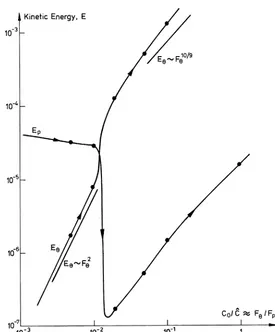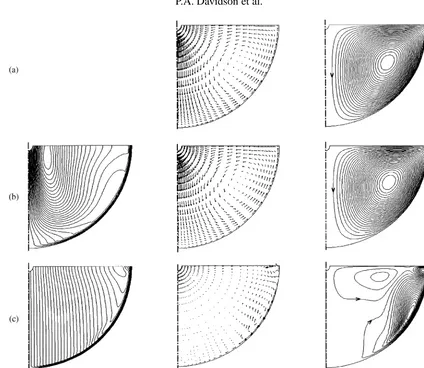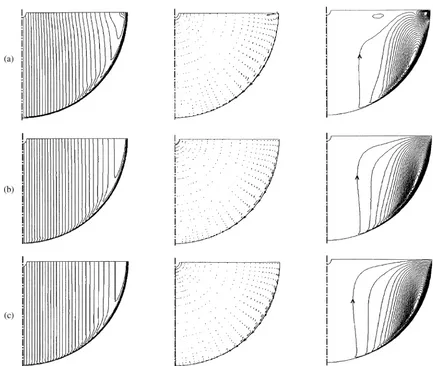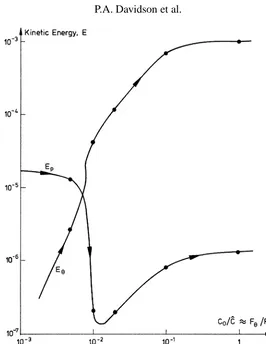Directory UMM :Data Elmu:jurnal:E:European Journal of Mechanics _Fluids:Vol18.Issue4.1999:
Teks penuh
Gambar
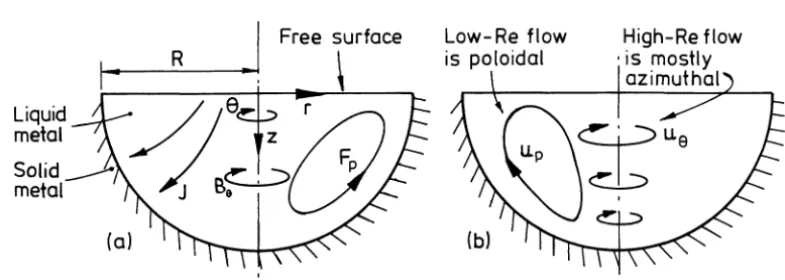
![Figure 2. Geometry analysed by Shtern and Barrero [5]. Rather than consider a flat surface they investigated flows in a semi-infinite domain with aconical surface.](https://thumb-ap.123doks.com/thumbv2/123dok/3123105.1379721/4.595.130.425.76.260/figure-geometry-analysed-barrero-consider-investigated-innite-aconical.webp)
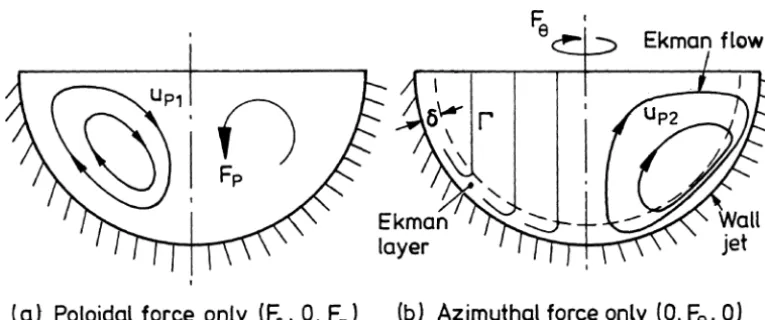
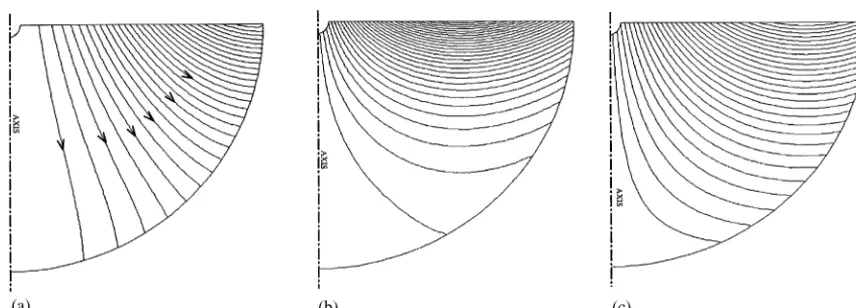
Dokumen terkait
The paper ®nds that the eectiveness of a laissez faire approach to ethical standards, at least in the opinion- shopping scenario, is related to (a) the ethical climate, which refers
Hill, The optimal production and shipment policy for the single-vendor single-buyer integrated production inventory problem, International Journal of Production Research 37 (1999)
In this paper attention has been limited to the homogeneous elastic case but it should be noted that the developed Compressible Model is valid for heterogeneous layer and can easily
• the correction produces a change in pressure that is not definable in a pointwise sense: indeed, there are areas of contact where contact was not predicted, as well as a
Based on the plane elasticity of complex variable theory, a set of stress functions is proposed in this paper for calculating the SIFs of cracks emanating from a circular hole in
For the case of Hertzian contacts, the problem of partial slip of the contact when first a constant normal load is applied, and then a monotonically increasing tangential force
In this paper, the creep constitutive equations of non-linear viscoelasticity equipped with temporal analogy have been developed to describe creep behaviour of metals
For the commonly employed fiber-direction strain-based and fiber-direction stress-based “composite” failure criteria, the equivalence conditions are explicitly examined for
